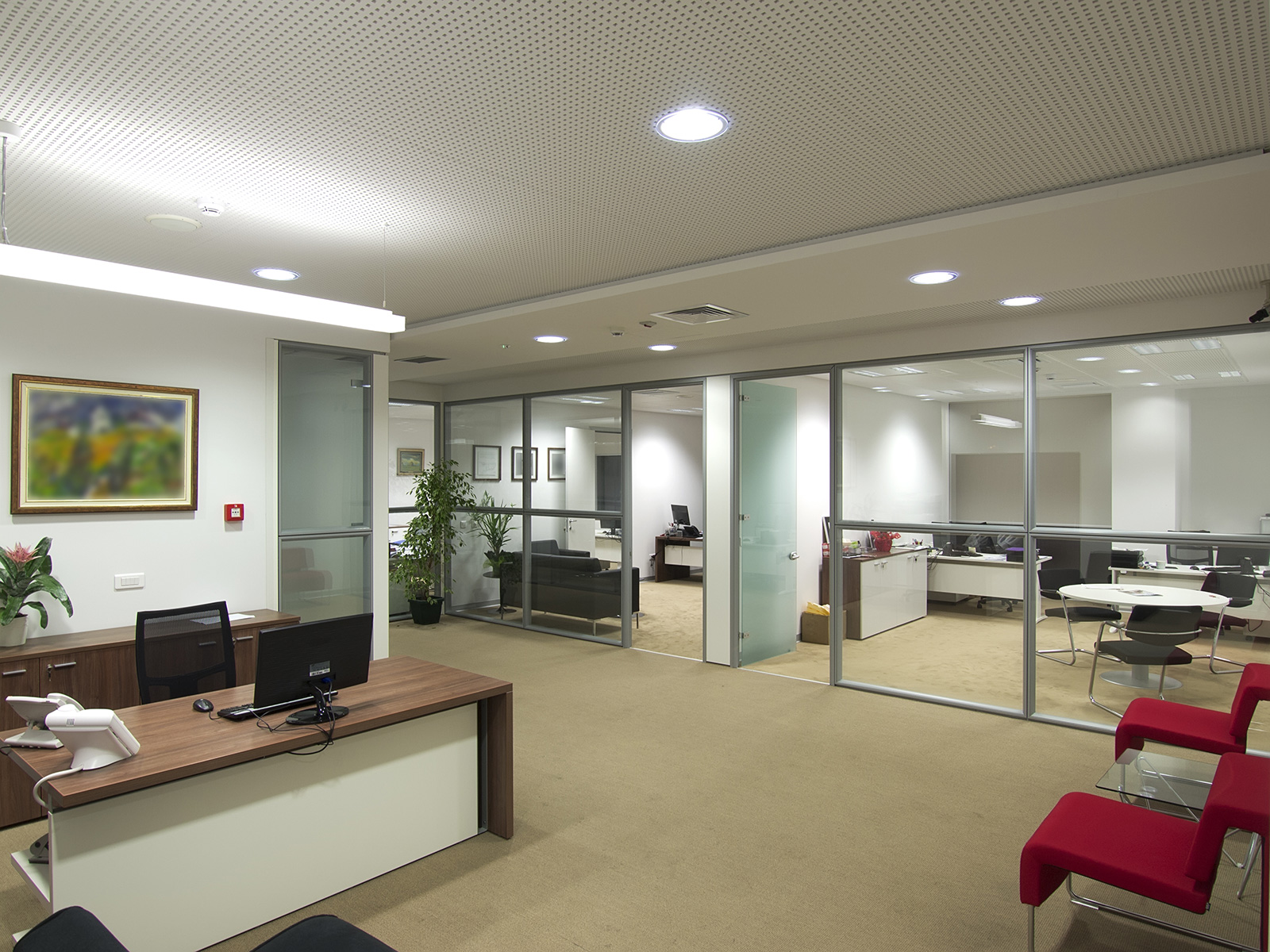Designing a productive office space involves considering various factors that can positively impact the well-being and efficiency of the occupants. Here are some recommendations for creating a productive office environment as an interior designer:
Comfortable and Ergonomic Furniture
- Choose ergonomic chairs and desks to support proper posture and reduce the risk of discomfort or injuries.
- Provide adjustable furniture to accommodate different work preferences and body types.
- Ensure adequate task lighting to reduce eye strain.
Flexible Layouts
- Design flexible workspaces that can be easily reconfigured to accommodate different activities and team sizes.
- Incorporate modular furniture and movable partitions to allow for adaptability.
Natural Light and Views
- Maximise access to natural light to enhance mood and increase alertness.
- Position workstations to take advantage of outside views, which can help reduce stress and increase productivity.
Colour Scheme
- Use a balanced and calming colours scheme with pops of energising colours to create a visually appealing environment.
- Consider the psychological effects of colours; for example, blues and greens are associated with calmness and focus.
Acoustic Solutions
- Integrate sound-absorbing materials such as acoustic panels or carpets to minimise noise and create a quieter, more focused atmosphere.
- Provide private spaces or meeting rooms for activities that require concentration or confidentiality.
Greenery and Biophilic Design
- Incorporate plants and green elements to bring nature indoors, promoting well-being and reducing stress.
- Use biophilic design principles to connect occupants with the natural environment.
Technology Integration
- Ensure that the office is equipped with the necessary technology for seamless communication and collaboration.
- Provide charging stations and easy access to power outlets to support modern work devices.

Organisation and Storage
- Design efficient storage solutions to keep the workspace organised and clutter-free.
- Encourage the use of digital storage and minimise paper clutter.
Breakout Spaces
- Create informal meeting areas, lounges, or breakout spaces to encourage collaboration and provide employees with alternative work settings.
- Include comfortable seating and amenities for short breaks.
Personalisation
- Allow for personalisation of workspaces to create a sense of ownership and comfort for employees.
- Incorporate elements like writable walls or pinboards for individual expression and creativity.
Wellness Programs
Consider incorporating wellness features such as standing desks, fitness spaces, or relaxation areas to support the physical and mental well-being of employees.
Brand Identity
Reflect the company's brand and culture through the interior design, fostering a sense of identity and pride among employees.
By addressing these aspects, an interior designer can contribute to creating a workspace that not only looks aesthetically pleasing but also promotes productivity, collaboration, and the overall well-being of the occupants.

